SOLVED: SEE BELOW ORIGINAL QUESTION FOR IMPLEMENTED SOLUTION
I have two Sony Dream Machine clocks. They are different models; one seems to use the mains frequency and is keeping its time precisely, while the other (model: ICF-C414) seems to be using the onboard crystal to keep the time. This leads to running too fast 1 second per day (30 seconds per month and 6 minutes per year).
If possible, I'd like to modify this clock to be more accurate, since the drift is known (1 second per day). Is there anything I can do to reduce this drift?
I considered just buying a new crystal and seeing if that has better accuracy, but I can't find any 32.768 kHz crystal with better than 20 ppm accuracy.
Here are the circuit board pictures:
================= SOLUTION ================
Thank you all for your help, this wouldnt be possible without your education.
Problem: Clock gains ~1 second every ~24 hours
Attempt1: Attempt 1 was to simply change the crystal to a high quality 5ppm CITIZEN crystal (CFS-20632768HZFB). This did not yield a better result. Clock was still gaining ~1 second every ~24 hours.
Attempt2: Check continuity to make sure correct capacitor is used from one of the legs of the crystal to one of the sides of the capacitor C204. After confirming I attached 10pF capacitor (FG28C0G2A100DNT06) directly to C204. So far 48 hours later there appears to be no gain/loss. I will observe over the course of a few weeks to determine if there is a slow gain/loss and adjust accordingly by going either to 11pF (10pF + 1pF caps) or 9pF (6pF + 3pF caps).
Attempt 3: With 10pF capacitor the clock lost 1 second after 4 days. Means loss of 0.25seconds every 24 hours. This is 1.25 second swing per 24 hours (was too fast now slow) from before any capacitors were attached. If capacitance (pF) influence on the crystal is linear this means 1pF slows the clock down 0.125 seconds per day. Meaning that by lowering down to 8pF capacitor I should achieve 0.25 faster clock speed, which would bring it closer to 0. Replaced 10pF capacitor with 8pF (6pF + 2pF). Will report on results.
Attempt 4: With 8pF cap the clock lost 1 second per ~6 days. This means each 1pF does not influence the clock linearly. Removed the 2pF (from 6pF + 2pF) and will test it at 6pF. Will update with results. It seems like I am getting close. Even as it is 8pF improvement was ~1 minute off per year versus unmodified ~6 minutes off per year. Hoping to achieve ~1 sec per month/~12 per year or better, but 1pF increments may not allow for this. Will get as close as I can and report here.
Attempt 5: After much experimenting I found the balance, it is somewhere between 6pF and 7pF. To be more granular Id have to order sub 1pF capacitors. Currently with 7pF (6pF + 1pF) I achieved 1 second loss (slow) every 2 weeks or so. Which is sub 30 second drift per year. I am more than happy with the result. If I come across some sub 1pF caps Ill attempt something like 6.5pF (6pF + 0.5pF) to see if I can nail it even closer. Thanks all for your help!
